
The Pros and Cons of Using A Commercial Sink at Home
May 13, 2023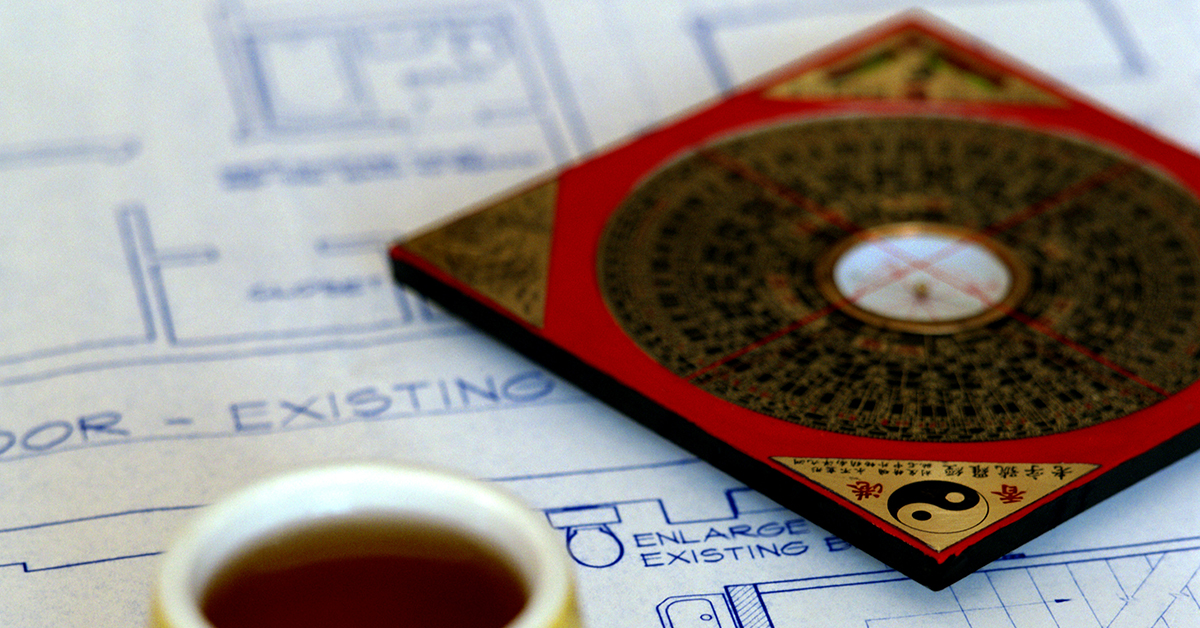
10 Easy Ways to Create a Feng Shui-Friendly Home on a Budget
May 18, 2023The Latest Trends in Glass Work: A Comprehensive Guide
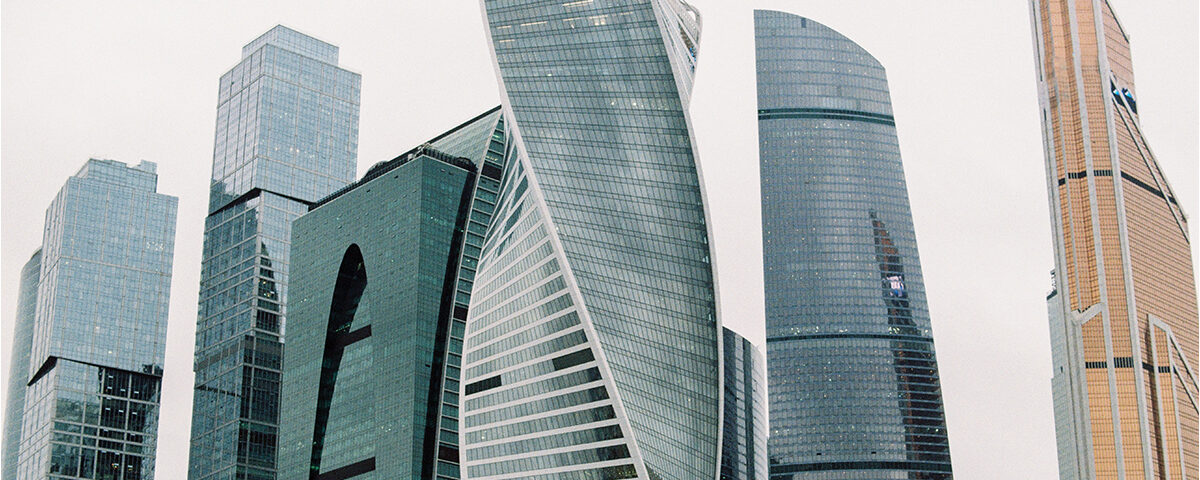
Table of Contents
Introduction to Glass Work
Glass, a versatile and durable material, has been a mainstay in art and design for centuries. Its allure lies not only in its beauty but also in its ability to transform spaces, both big and small. But what exactly is glass work, and what are the benefits? And more importantly, what are the latest trends in glass work?
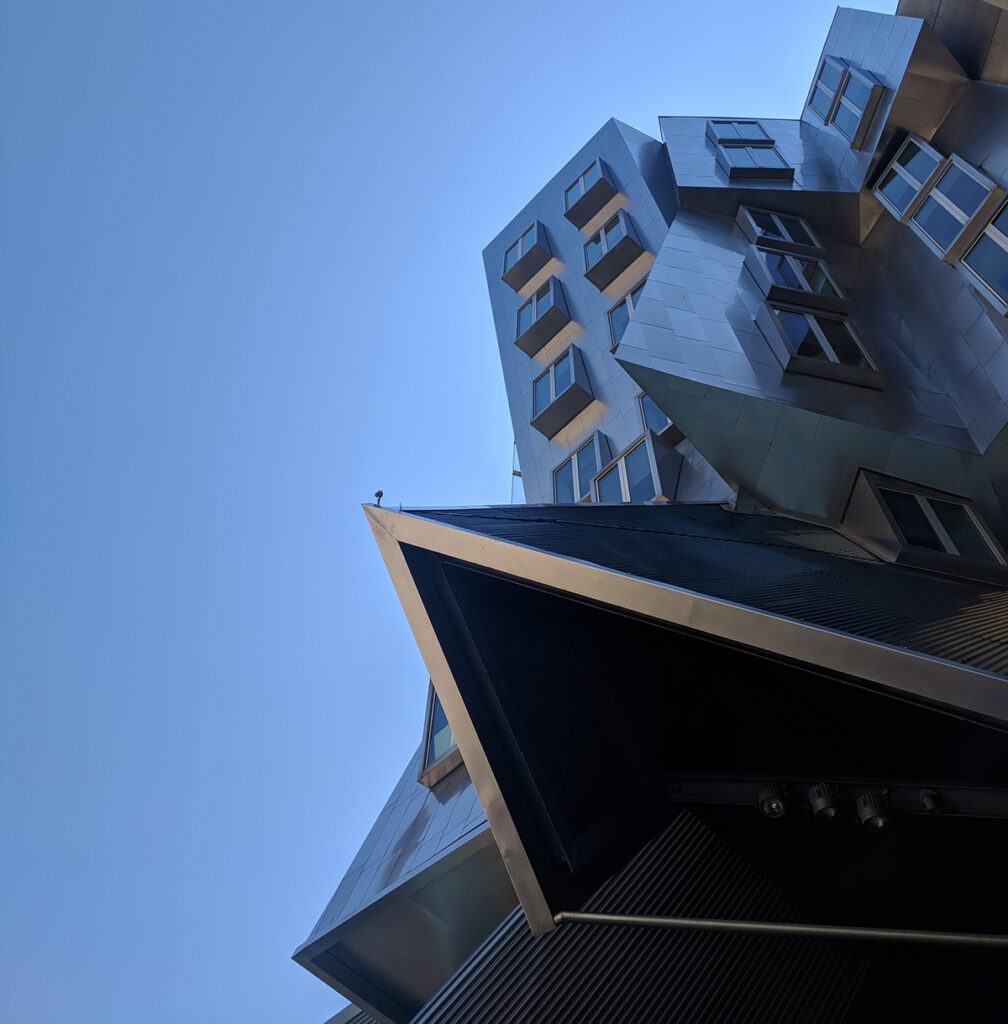
The Art of Glass Work
Glass work entails the creation of a variety of items using glass from functional objects like windows and furniture to artistic pieces such as sculptures and decorative elements.
Benefits of Using Glass Work
The use of glass in work offers many benefits. It’s versatile, allowing for a wide range of applications. It’s durable, making it perfect for everyday use. And it’s also beautiful, capable of adding a touch of elegance to any setting.
Emerging Trends in Glass Work
With an ever-evolving field like glass work, trends are always shifting. Currently, the use of large, clear panes of glass, colored glass, and other types of glass are making waves.
Spotlight on Large, Clear Panes of Glass
Large, clear panes of glass are one of the latest trends in glass work. They offer a modern, sleek appearance and are perfect for creating a sense of openness and light.
The Advantages of Large, Clear Glass Panes
Large, clear glass panes allow for an abundance of natural light, creating a bright and airy atmosphere. Moreover, they provide unobstructed views, seamlessly connecting the indoors with the outdoors.
Real-world Applications of Large, Clear Glass Panes
These panes are being used in a variety of ways. They’re becoming a popular choice for windows, doors, and even walls in homes and commercial buildings. Their transparency makes them an excellent choice for furniture pieces as well.
The Colorful World of Colored Glass
Injecting a burst of color into your space is now easier than ever, thanks to the growing popularity of colored glass. This type of glass is not just visually appealing but can also influence the mood and atmosphere of a space.
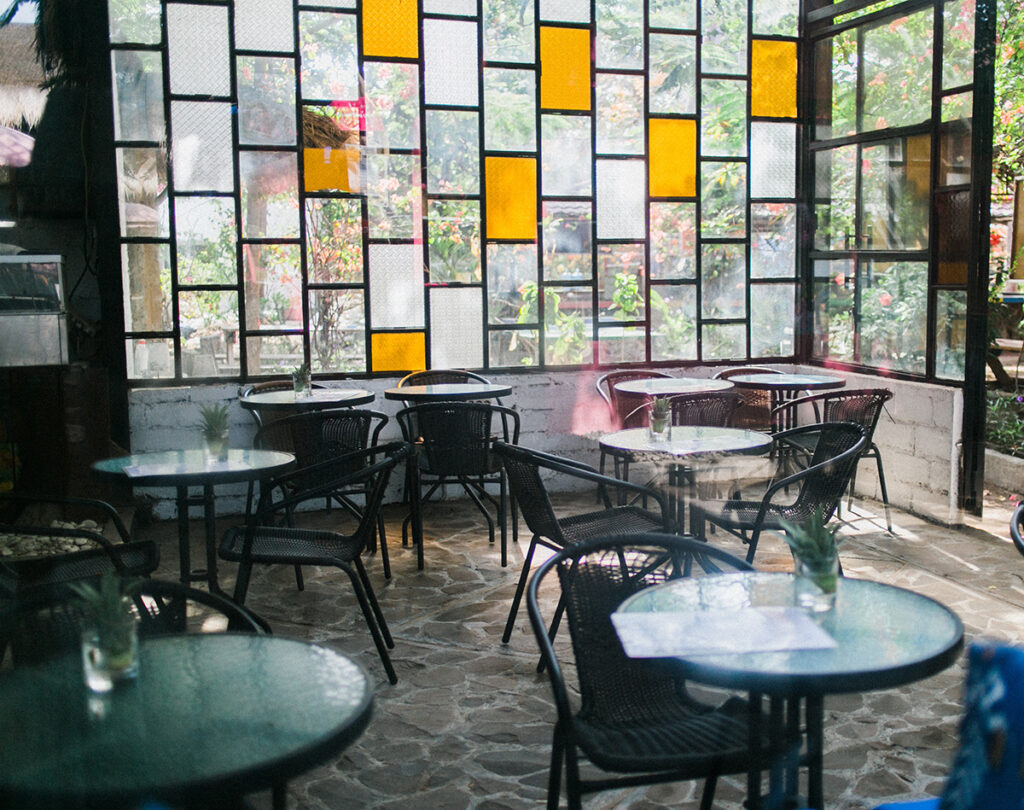
Why Choose Colored Glass
Colored glass adds a splash of color, transforming spaces into vibrant, dynamic environments. It also allows for creative expression, as the color choices are virtually limitless.
Interesting Uses of Colored Glass
Colored glass finds its place in many areas. It’s commonly used in decorative items like vases and art pieces. In architecture, colored glass windows can create a stunning visual effect. It’s also used in lighting fixtures, creating a unique ambiance.
Exploring Other Types of Glass
Besides clear and colored glass, other types of glass like frosted, etched, and dichroic glass are also making waves in the world of glass work. Each of these offers unique aesthetics and benefits.
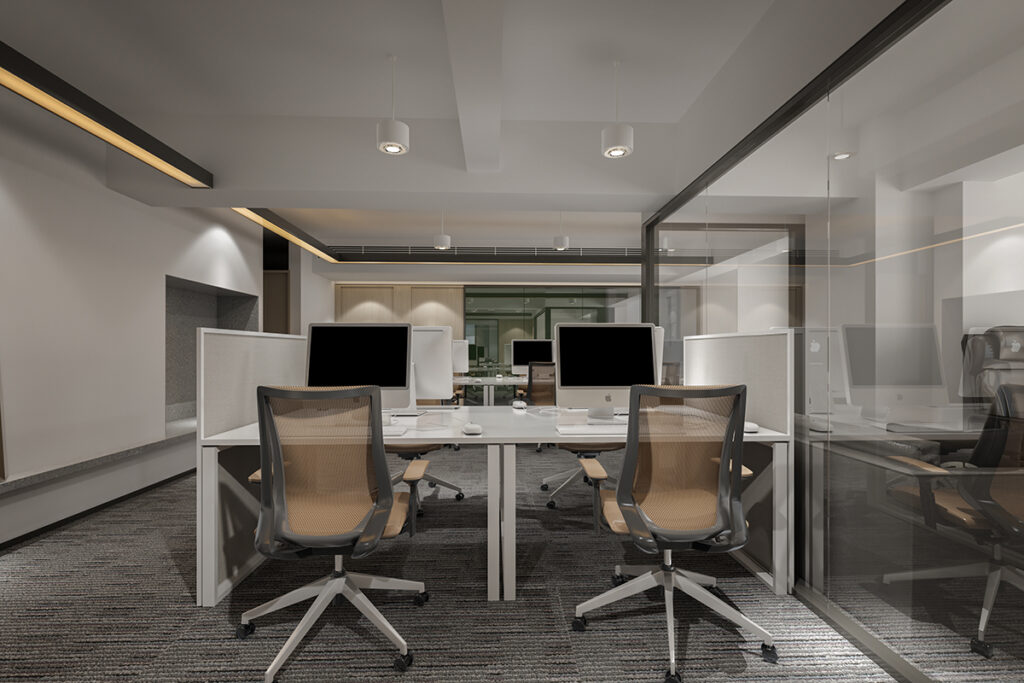
Understanding the Benefits of Other Glass Types
Frosted glass provides privacy while still allowing light to pass through, perfect for spaces like bathrooms. Etched glass, with its intricate designs, adds an artistic touch. Dichroic glass, known for its color-changing properties, brings a sense of wonder and magic.
Exploring the Uses of Other Glass Types
These types of glass are used in various ways. Frosted glass is often used in windows and shower doors. Etched glass is common in decorative items and dichroic glass in jewelry and art installations.
Glass in Modern Architecture
Now, let’s shift our focus to the role of glass in modern architecture. The use of glass in building construction and architecture is a growing trend, and for good reasons.
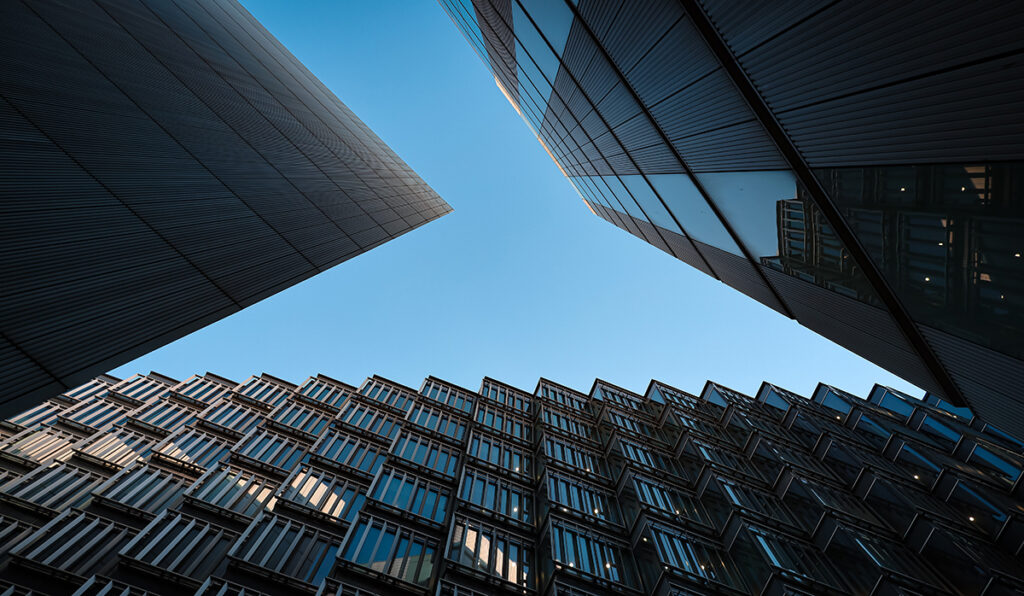
The Popularity of Glass in Architecture
Glass is popular in architecture due to its versatility and aesthetic appeal. It allows for natural light, offers thermal comfort, and provides a clean, modern look.
The Role of Glass in Modern Building Design
In modern building design, glass is used for a variety of purposes. Large glass facades create stunning exteriors, while glass partitions create open, light-filled interiors. Glass is also used in furniture and decor, contributing to the overall design aesthetic.
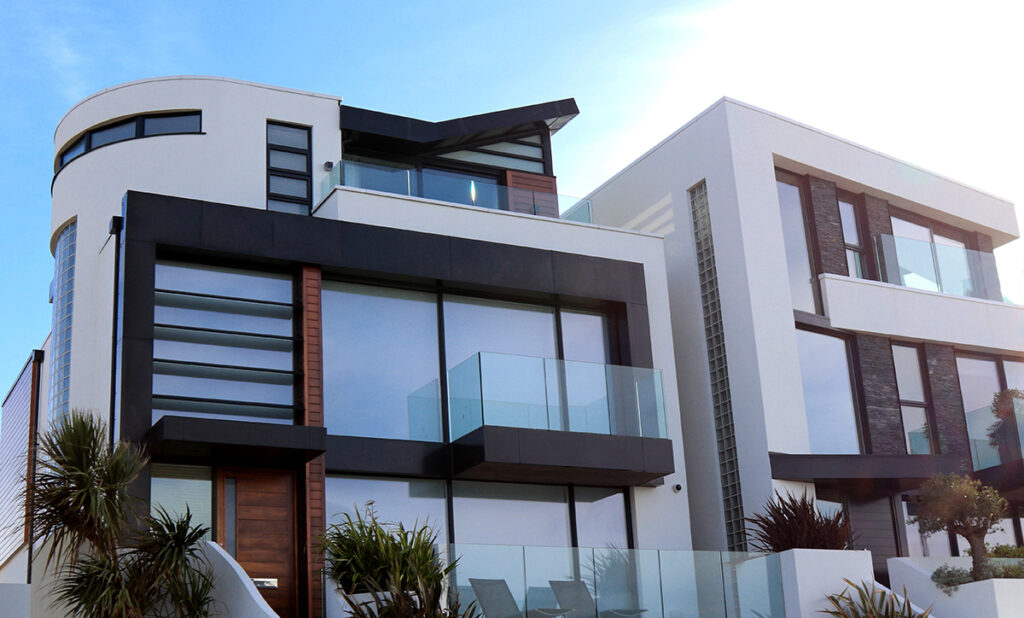
Conclusion
From large, clear panes to colored and specialty glass, the latest trends in glass work are as diverse as they are exciting. With its versatility, beauty, and durability, glass continues to captivate designers and artists alike.
A Recap of the Latest Trends in Glass Work
To sum up, the latest trends in glass work are centered around the use of large, clear panes for a minimalist, modern look, the use of colored glass for vibrancy and creativity, and the use of other types of glass for unique visual effects.
If you’re considering incorporating glass into your home or business, now is a great time to embrace these trends. With so many options available, you’re sure to find something that suits your style and needs.
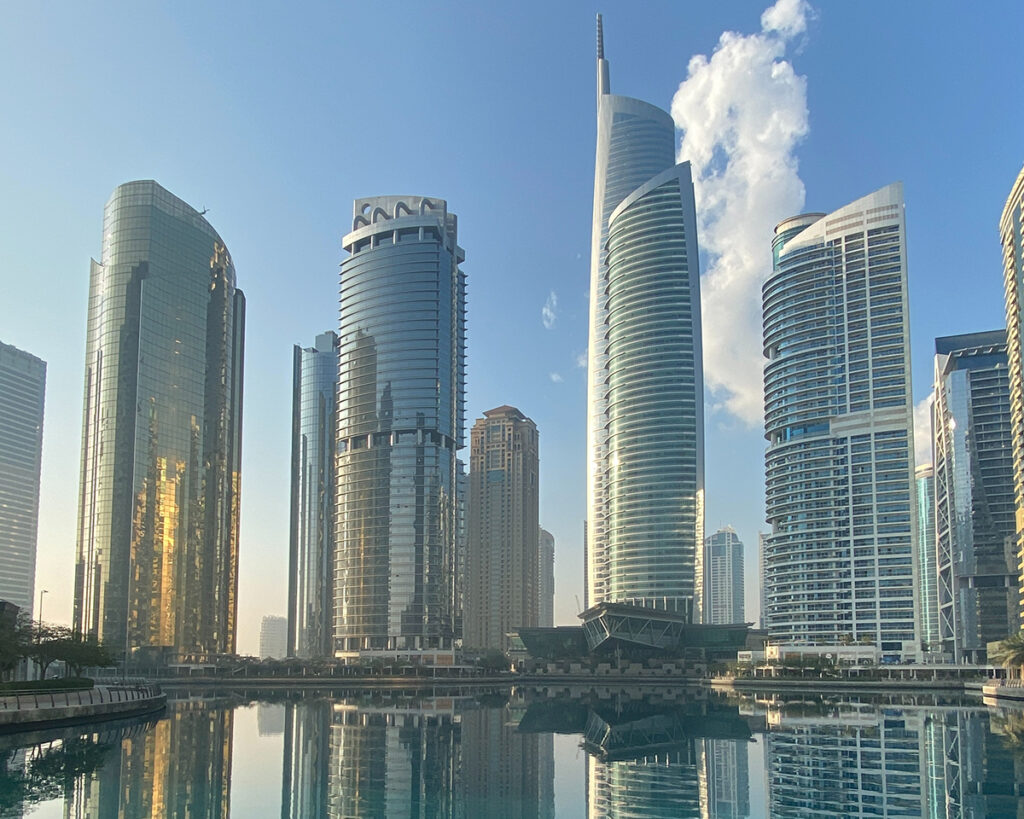
FAQs
1. Why is glass so popular in architecture?
Glass is popular in architecture because it offers a range of benefits. It allows for natural light, offers thermal comfort, and provides a clean, modern look.
2. What are some of the latest trends in glass work?
Some of the latest trends include the use of large, clear glass panes, colored glass, and other types of glass like frosted, etched, and dichroic glass.
3. What are the benefits of using glass work?
Glass work is versatile, durable, and beautiful. It can be used to create a variety of items, from functional to decorative. It’s also capable of transforming spaces, adding a touch of elegance, and enhancing the overall design aesthetic.
4. What is the role of glass in modern architecture?
In modern architecture, glass is used for a variety of purposes. It’s used in large facades for a sleek exterior, in partitions for open and light-filled interiors, and in furniture and decor for a cohesive design aesthetic.
5. How is colored glass used in design?
Colored glass is used in various ways in design. It can be used in decorative items like vases and art pieces, in architectural elements like windows for a stunning visual effect, and in lighting fixtures to create unique ambiance.
6. What is glass work and why is it significant in contemporary design?
Glass work refers to the creation and manipulation of glass for architectural, decorative, and practical purposes. It plays a significant role in modern design due to its versatility, durability, and aesthetic appeal, enabling designers to transform spaces with light and color.
7. What are the current popular trends in glass work?
Currently, popular trends include the use of large, clear glass panes for a minimalistic, open feel; colored glass to add vibrancy and mood; and specialized glasses like frosted, etched, and dichroic glass for unique textural and visual effects.
8. How can large, clear glass panes benefit my living or work space?
Large, clear glass panes allow more natural light to enter the space, creating a brighter and more welcoming environment. They also help blur the boundaries between indoors and outdoors, making spaces appear larger and more open.
9. What are the advantages of incorporating colored glass in interior design?
Colored glass can dramatically alter the ambiance and mood of a space. It adds a creative and personalized touch while allowing for light play and color dynamics that can define or enhance the aesthetic of a room.
10. What should I consider when choosing glass for a design project?
Consider the functional needs of the space, such as privacy, light control, and thermal efficiency. Also, think about the aesthetic outcomes you desire, such as color, texture, and reflection properties of different glass types.
11. Are there any innovative uses of glass that combine aesthetics with functionality?
Yes, innovative uses include smart glass, which can change from clear to opaque with an electric current, and solar glass, which incorporates photovoltaic cells to generate electricity while allowing light to pass through.
12. How does glass contribute to sustainable architecture?
Glass is integral to sustainable architecture for its ability to enhance natural light and reduce reliance on artificial lighting, which can lower energy costs. High-performance glass can also improve thermal efficiency, reducing heating and cooling demands.
13. What are the challenges associated with using large glass panes in buildings?
Challenges include ensuring structural integrity, managing heat gain or loss, and providing adequate UV protection. These factors require careful consideration and often sophisticated engineering solutions.
14. Can etched or frosted glass be customized for specific design needs?
Yes, etched and frosted glass can be extensively customized through various techniques to create specific patterns, textures, and degrees of opacity, making them ideal for bespoke design elements.
15. How do I maintain and care for decorative glass to ensure its longevity and appearance?
Regular cleaning with appropriate glass cleaners, avoiding abrasive materials, and periodic checks for sealant and frame integrity are crucial for maintaining the aesthetic and functional quality of decorative glass.

